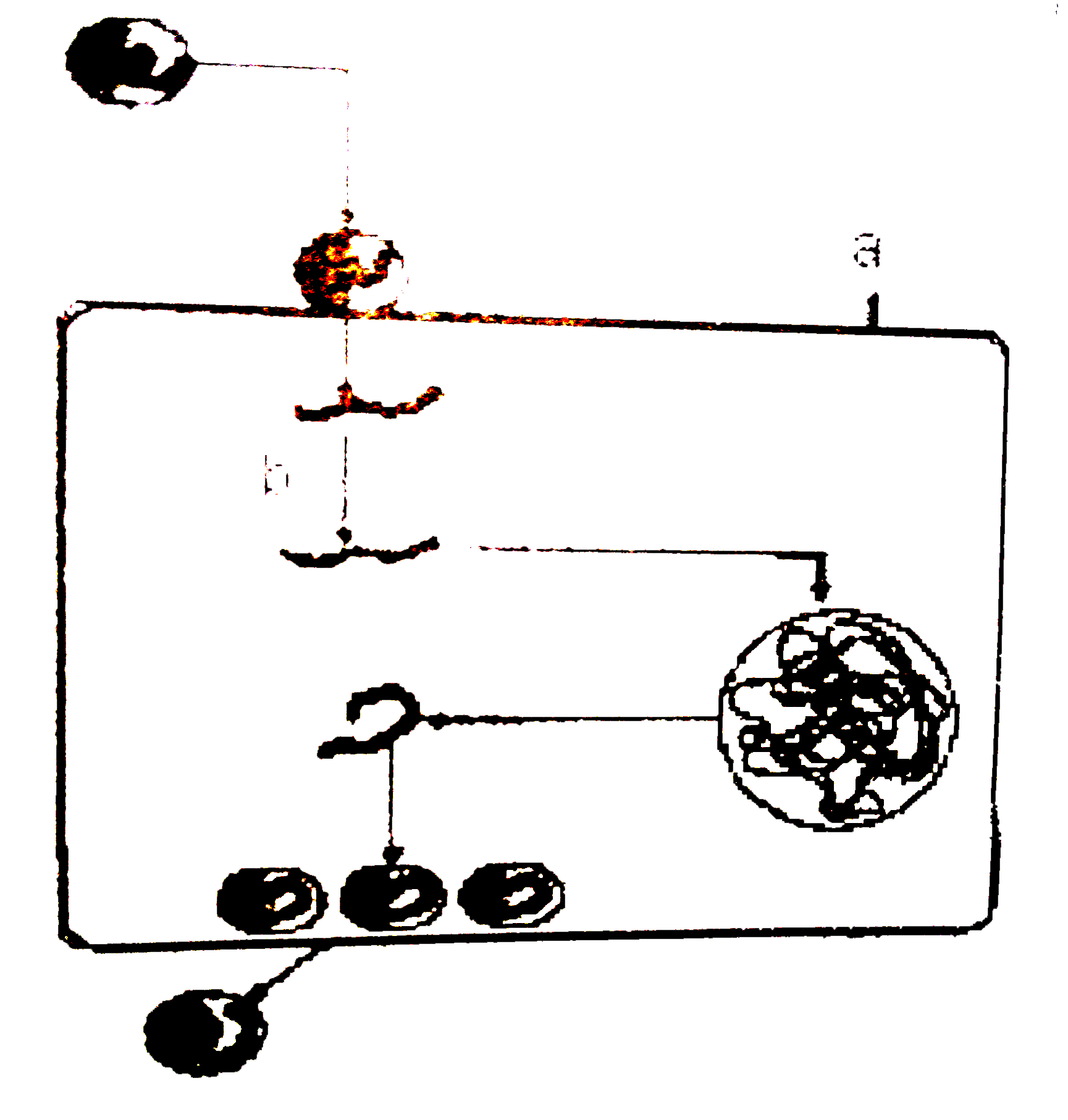Widely used diagnostic test for HIV infection
Widal test
ELISA test
Schick test
Blotting technique
The correct Answer is:B
Step-by-Step Solution:
1. Understanding the Question: The question asks for the widely used diagnostic test for HIV infection. It provides four options: Vidal test, ELISA test, SHIC test, and blotting technique.
2. Analyzing the Options:
- Vidal Test: This test is primarily used for diagnosing typhoid fever, not HIV.
- ELISA Test: This stands for Enzyme-Linked Immunosorbent Assay. It is a widely used test for detecting antibodies against HIV in a person's blood.
- SHIC Test: This test is used to check immunity to diphtheria and is not related to HIV diagnosis.
- Blotting Technique: This is often used as a confirmatory test after an initial screening test like ELISA.
3. Identifying the Correct Answer: Among the options, the ELISA test is the primary and widely used diagnostic test for HIV infection. It detects the presence of antibodies against the HIV virus.
4. Understanding the ELISA Test:
- The ELISA test works by determining if antibodies against HIV are present in the blood.
- If antibodies are present, the result indicates that the person is HIV positive.
- If no antibodies are detected, the person is considered HIV negative.
5. Confirmatory Testing: While ELISA is the primary test, if the result is positive, a confirmatory test (often a blotting technique like Western blot) is performed to ensure accuracy.
6. Final Answer: The widely used diagnostic test for HIV infection is the ELISA test.
- Vidal Test: This test is primarily used for diagnosing typhoid fever, not HIV.
- ELISA Test: This stands for Enzyme-Linked Immunosorbent Assay. It is a widely used test for detecting antibodies against HIV in a person's blood.
- SHIC Test: This test is used to check immunity to diphtheria and is not related to HIV diagnosis.
- Blotting Technique: This is often used as a confirmatory test after an initial screening test like ELISA.
- The ELISA test works by determining if antibodies against HIV are present in the blood.
- If antibodies are present, the result indicates that the person is HIV positive.
- If no antibodies are detected, the person is considered HIV negative.
Topper's Solved these Questions
- HUMAN HEALTH DISEASEBOOK - AAKASH SERIESCHAPTER - HUMAN HEALTH DISEASEEXERCISE - EXERCISE - I(GRAFT REJECTION)
5 Videos
- HUMAN HEALTH DISEASEBOOK - AAKASH SERIESCHAPTER - HUMAN HEALTH DISEASEEXERCISE - EXERCISE - I(CANCER)
10 Videos
- HUMAN HEALTH DISEASEBOOK - AAKASH SERIESCHAPTER - HUMAN HEALTH DISEASEEXERCISE - EXERCISE - I(AUTO IMMUNITY)
5 Videos
- HISTOLOGY AND ANATOMY OF FLOWERING PLANTSBOOK - AAKASH SERIESCHAPTER - HISTOLOGY AND ANATOMY OF FLOWERING PLANTSEXERCISE - EXERCISE - III (PREVIOUS AIPMT/NEET QUESTIONS)
24 Videos
- MICROBES IN HUMAN WELFARE BOOK - AAKASH SERIESCHAPTER - MICROBES IN HUMAN WELFARE EXERCISE - EXERCISE-III (Previous AIPMT/NEET Questions)
25 Videos
Similar Questions
Knowledge Check
Assertion: AIDS can be diagnosed immediately after HIV infection by ELISA test.
Reason: Large number of antibodies are formed spontaneously.AIf both Assertion and Reason are true and the Reason is the correct explanation of the Assertion.BIf both Assertion and Reason are true and the Reason is not the correct explanation of the Assertion.CIf Assertion is true but the Reason is false.DIf both Assertion and Reason are false.
(i) What does this diagrammatic sketch depict?
(ii) Identify a' and 'b
(iii) Name the widely used diagnostic test when a person gets this disease.

View SolutionWhich technique is not used in the diagnosis of AIDS infection?
View SolutionWhich method of diagnosis would you use to diagnose HIV infection on the same day when you suspect acci- dental infection by HIV?
View SolutionWhich of the following is incorrect with respect to HIV infection?
View SolutionAssertion: ELISA is widely used for the detection of infectious diseases like AIDS.
Reason: ELISA is very sensitive and selective test and needs very small amount of reagents.
View SolutionWhich of the following is/are not used as diagnostic tool in medicine?
View SolutionWhich molecular diagnostic technique can be used to detect HIV infection?
View Solution